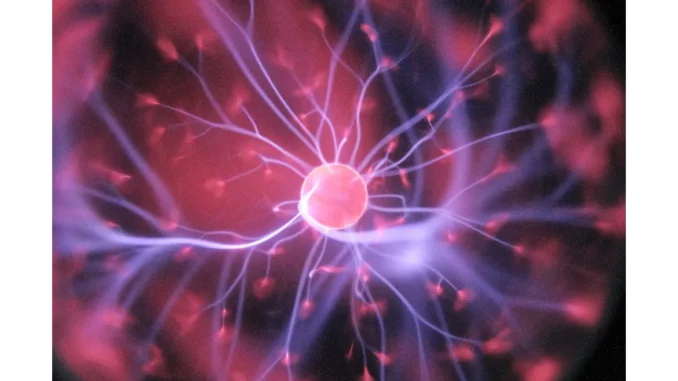
During my recent conversation with Dr. Laura Mendez at a lively café near the Paul Scherrer Institute, her enthusiasm for her work was unmistakable. A leading researcher at SwissFEL, Dr. Mendez has been at the forefront of groundbreaking advancements in X-ray free-electron lasers (XFELs), a technology transforming the realm of ultrafast science. These developments are revolutionising our ability to observe chemical reactions and biological processes with unparalleled clarity and precision.
“X-ray free-electron lasers are akin to the Swiss Army knives of modern scientific research,” Dr. Mendez began, her passion evident. “They emit incredibly bright pulses of light, crucial for examining phenomena that unfold within femtoseconds—trillionths of a second.” For those not familiar with XFELs, these devices uniquely produce intense light pulses, vital for researchers who study the complex interactions of electrons within atoms and molecules. However, the journey to effectively harness this technology has been fraught with challenges, notably the issue of temporal coherence—or its lack—within these pulses. Dr. Mendez explained this with the clarity of a seasoned educator, noting, “The pulses we generate are inherently noisy due to the self-amplified spontaneous emission process, or SASE. This randomness in time and frequency limits our ability to conduct experiments requiring ultra-high spectral control.”
The solution, as devised by the SwissFEL team working on the Athos beamline, is both innovative and elegant. They have implemented magnetic chicanes, a sophisticated method to control the timing of the electron beam as it travels through the series of undulators. This breakthrough has facilitated two significant achievements: the creation of tuneable frequency combs and the generation of high-brightness, narrow-bandwidth pulses. Dr. Mendez elaborated on this achievement, saying, “Think of the frequency combs as the teeth of a comb, where each tooth represents a distinct frequency. We can adjust the number of these spectral lines and their separation, allowing us to tailor the light precisely to our experimental needs.”
The team’s ability to collapse these frequency combs into a single, ultra-bright ‘tooth’—a spectral line with a bandwidth reduced to just one-third of a standard XFEL pulse—marks a new frontier for XFELs. This achievement opens up scientific opportunities that were previously unattainable. Dr. Mendez highlighted the broad implications of these advancements, noting, “With these improvements, we can explore fundamental questions in physics, delve into the complexities of biological processes, and even develop new materials with properties we’ve only dreamed of.”
Reflecting on the work of the SwissFEL team, one cannot help but be impressed by the blend of cutting-edge technology and creative problem-solving that defines their research. Dr. Mendez commented on the versatility of their work, stating, “The beauty of this research lies in its adaptability. Whether you’re investigating how a drug interacts with a virus at the molecular level or exploring the fundamental laws of quantum mechanics, the possibilities are endless.” The publication of their findings in the esteemed Physical Review Letters as an “Editors’ Suggestion” attests to the significance of their achievements and the innovation and perseverance of the SwissFEL team.
Toward the end of our conversation, Dr. Mendez reflected on the collaborative spirit essential to their success. “Science is never a solitary endeavour,” she mused. “It’s the collective effort of brilliant minds coming together to solve the puzzles of our universe. I’m incredibly proud to be part of such a dynamic and forward-thinking team.” As I left the café, I was struck by the realisation that the work at SwissFEL extends beyond mere technological advancement; it is about pushing the boundaries of human knowledge.
These refined pulses of light are now illuminating the very fabric of our world in ways that were once deemed impossible. The future, indeed, appears bright, and thanks to the dedication of scientists like Dr. Mendez and her team, it is also remarkably clear. The advancements achieved in XFEL technology are a testament to human ingenuity and the relentless pursuit of understanding the complexities of our universe.


Be the first to comment